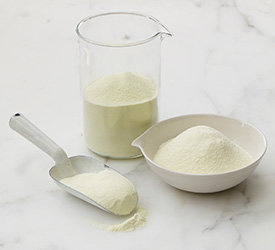After procurement, the milk is taken for the all-important quality testing and weight checks.
The company employs latest available world class testing facility which includes Indifoss FT- 01, Anton par density meter etc.
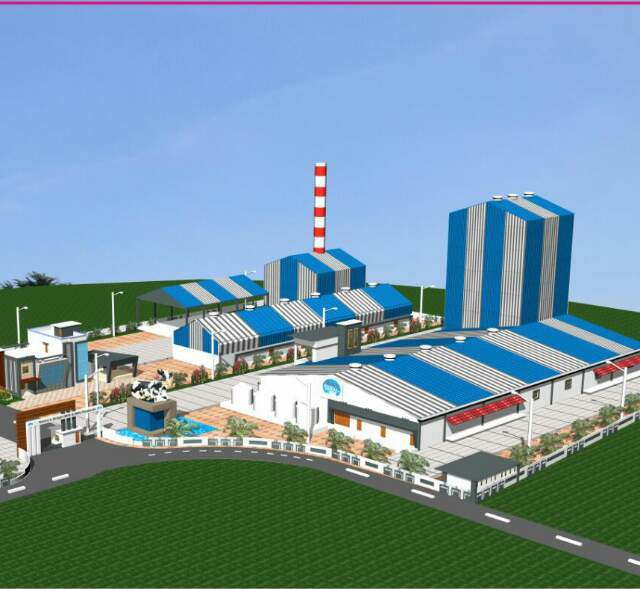
Manufacturing and packing capacities at Nature Delight Dairy
- 2.0 million liters/Day Milk Processing Capacity
- 150 MT/Day – installed Drying Capacity
- 100 MT/ Day – Butter Production Capacity
- 50 MT/Day – Cultured Product Production Capacity
- 200 KL/Day Pouch Packing Capacity
Milk Pasteurization, Cream Separation
After ensuring Milk quality through various platform and laboratory tests it is chilled to a temperature below 5 °C and is transferred to Milk silos.
The Milk is then sent for Pasteurization at 80 ±2 °C in between which Cream (containing 40- 45% Milk Fat) gets separated from Milk when it passes through the Cream Separator.-all performed by a staff of professionals with the single-minded goal of adhering to the highest standards of quality.
Our advanced facility has a large production capacity. Spread across 150 plus acres, in which 55 acres is used for dairy plan.
Plant has a capacity of processing 2.0 million liter milk per day,presently handling 1.5 million liters per day.
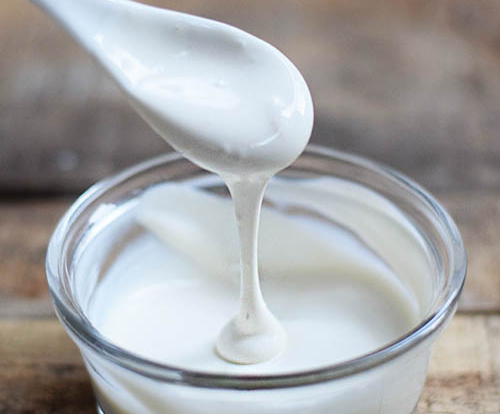
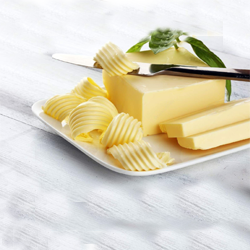
Butter Making
The separated Cream is again pasteurized at a temperature of 92 ±2 °C and is fed to a Continuous Butter Making Machine (CBMM) in which it gets converted into Butter (containing 80-84% Milk Fat). Then the Butter is packed in corrugated boxes and is stored in the cold storage maintained at a temperature of -18 °C .
Ghee Manufacturing
The Butter is fed into the Ghee Melter where it is melted and is then transferred to a steam jacketed kettle for evaporating the moisture from the melt. After all moisture is evaporated, the ghee is transferred to conical shaped settling tanks. The residue in ghee which is called “Berry” gets settled down in these settling tanks. After giving enough time for settling the ghee is passed through clarifiers to remove even the smallest particles of the residue and then it is sent for storage and packaging.
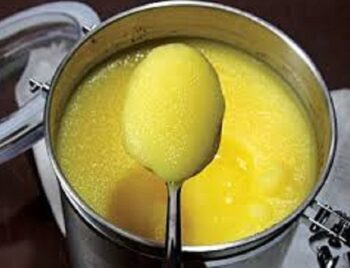
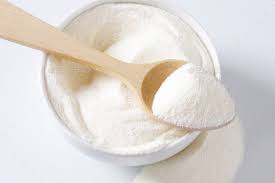
Skimmed Milk Powder Manufacturing
The Milk which is left after the separation of cream is called as Skimmed Milk. This Milk is fed to the 5 Effect / 7 effect Evaporators for heating under vacuum to produce Condensed Milk. The Condensed Milk is then spray dried in the spraying chamber of the Powder Plant at a very high pressure to form Skimmed Milk Powder. Then this powder is passed through a Fluid Bed Dryer in which agglomeration takes place.
The agglomeration process increases the solubility of milk powder to a very great extent. Then this free flowing agglomerated granular skimmed milk powder is packed in 25 kg Kraft Paper Bags containing poly bags.
Manufacturing of Whole Milk Powder, Dairy Whitener
The manufacturing processes of these three products are almost similar to that of Skimmed Milk Powder with only two differences.
• The first difference is that in case of SMP, Skimmed Milk is fed to the Powder Plant whereas in case of the above products, prepared batches of Milk containing (Milk Fat only in case of WMP & Milk Fat and Sucrose in case of Dairy Whitener & Creamer) is fed to the Powder Plant.
• The second difference is the additional process of Homogenization applied to the Milk before feeding in the Powder Plant.
We process and market a full line of dairy products including fresh milk, curd, buttermilk, lassi, Paneer, ghee, cooking butter, skimmed milk powder, whole milk powder.
We have a significant presence in the states of Maharashtra, Telangana, Karnataka, Goa, and Gujrat.
